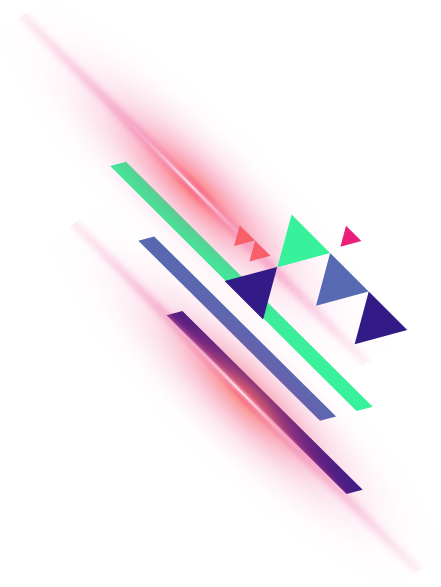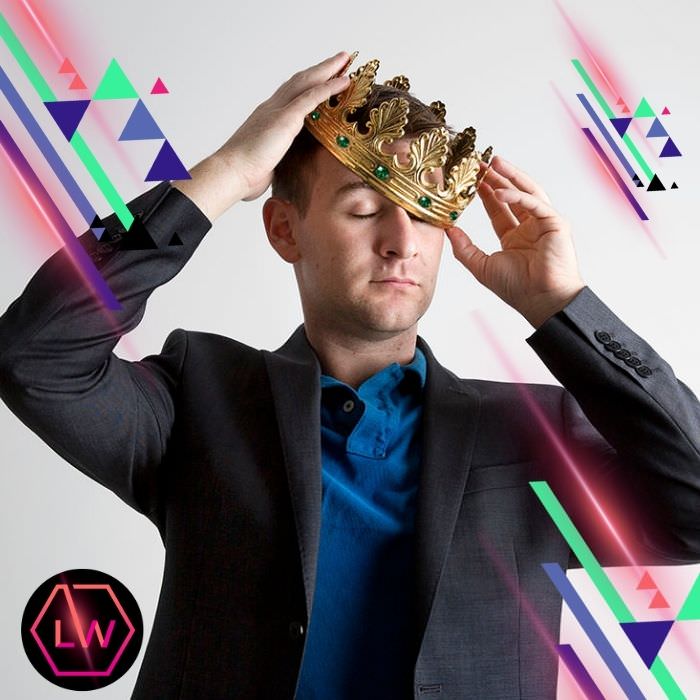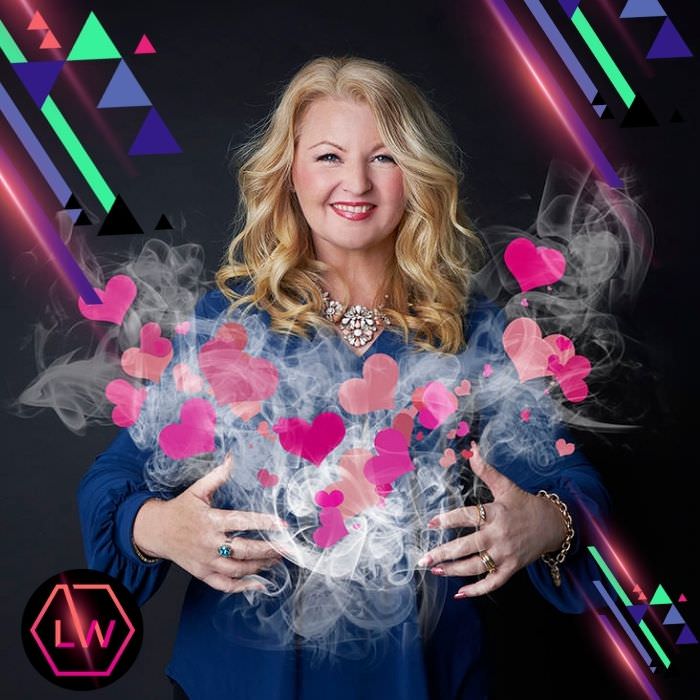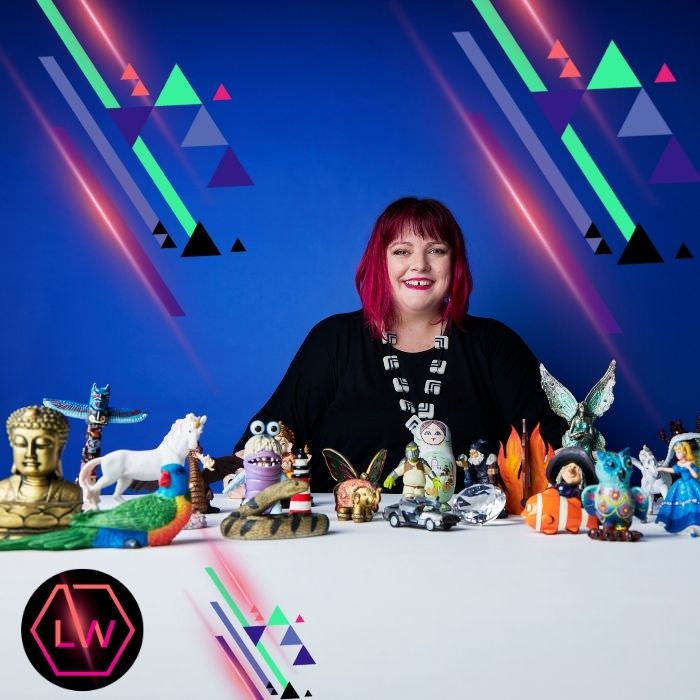Symbolism as a Powerful Connection tool to develop Presence in your Personal Brand
If you’re like me, you sat in front of the television last weekend, watching the Royal Wedding take place between Prince Harry and Meghan Markle. It was interesting to hear the commentary from the public. Everyone was polarised in their opinions about the day – either not interested, or loving the whole event. Then there were the armchair critics! Whichever way you swing, we as a society are captivated by the same things. We’re captivated by the ongoing narrative, the symbolism and the ceremonial rituals of the Monarchy. It is a strong enduring example of a powerful brand presence. This significant brand presence includes many individual personal brands within.
The Power of Symbolism
The conviction to commit to and develop such a brand over a long period of time does not happen by accident and is quite deliberate in its messaging. This most recent coming together of American and English cultures could be seen as yet another deliberate act to personify and deepen a brand presence that is inclusive and relatable. Something that the Monarchy has struggled to communicate at times, particularly during the 80s and 90s when Princess Diana was alive and then immediately after her death. In fact, Princess Diana was a powerful and iconic example of a personal brand and how a woman of enormous influence could bring the heart of a nation to a standstill.
I believe that Harry and Meghan touched on some of that iconic personal branding messaging and presence, that Harry’s mum personified with so much ease, with some of the deliberate choices they made for their wedding day.
- Harry’s uniform to honour his military training – a strong reflection of his values and purpose.
- Meghan’s simple, timeless wedding dress, and her veil adorned with signature flowers of every country in the Commonwealth (56 to be exact). The veil also included a wintersweet flower (from the cottage that they share together), and the poppy that is the state flower of her home in California. Her stunning tiara was of course from Queen Mary.
- Meghan’s bouquet of flowers included Princess Diana’s favourite flower – the forget-me-not.
- Reverend Michael Curry spoke passionately and without hesitation. His personal brand was disruptive, energetic and rebellious in nature. He took us all on an adventure, rarely seen within the confines of the Monarchy brand. A deliberate self-expression strategy by Meghan to communicate her values within the ceremonial confines of the Monarchy.
- The choice of the song ‘Stand By Me’ sung by the predominantly black Kingdom Choir – a strong gesture of inclusivity.
- Harry and Meghan dashed away in that stunning Jaguar at the end of their reception – a nod to Hollywood and the edgy personal brand of them as a couple.
This Royal Wedding is a fabulous real-life example of how personal branding should be expressive, connected to the symbolism that reflects your values, and always contributing to the narrative of what people think about you. When you obsess about your positioning and take charge of the narrative that communicates your value, you can create a powerful influence that keeps your audience fascinated and maintains the longevity of your brand.
Symbolism
Symbolism is a huge part of my practice and how I connect people to their present and future brand identity. Strong symbols become anchors for your past, your present, and your future. They have a universal collective consciousness that all people can relate to. Symbols give meaning to your brand and who you are as a person that is universally understood by those around you. Symbols help you communicate something as subtle as the forget-me-nots in Meghan’s bouquet or as obvious as the Reverend’s sermon that was bold, expressive and polarising.
When you introduce symbols into your personal brand presence, you can communicate your message without a single word being spoken. You can become known for something with meaning and influence, and create a lasting first impression. If you use a particular symbol throughout all of your brandings, and you use them in different contexts, then you strengthen that association in your brand presence. Even better still, if you connect that symbol to your big message – to what you stand for and would fight for, then it becomes an enduring icon in your practice. Apple, Mcdonald’s and CocaCola are really good examples of this connection between symbols and meaning-making.
What happens when you omit symbolism from your personal branding? You have to work harder to communicate what you do and what you stand for. People see you as same-same in a sea of sameness! Others will judge you more on price and people will use their own personal filters and narrative to fill in the blanks. These blanks are being filled from the gaping holes that have been left in your brand presence. You have to say more, write more, and be bolder in your brand presence.
It’s kind of like giving directions to someone who wants to get from A to B, and they don’t know where B is. With verbal directions, you’ll often reference nearby landmarks to give the person some context. If you have a map to refer to then it becomes a visual anchor to connect the landmarks too visually.
Brand Presence – How it affects personal branding
The same goes for personal branding which uses symbolism.
- Flowers – relate to growth, finding your true self, development, and vibrancy.
- Light Bulbs – illumination, shining light on challenges, and having a bright idea.
- A Crown – authority, victory, ceremony, royalty, leadership.
- Hearts – expression, love, romance, vulnerability.
- Lighthouse – guidance, showing the way, direction, grounding, and stillness amongst the chaos.
How it affects personal branding
My own expressive therapy training and practice work are grounded heavily in the philosophies of Carl Jung. Carl Jung speaks about symbolism and the collective unconscious. His work later informed Joseph Campbell’s work with The Hero’s Journey. We are drawn to these iconic symbols because we are all connected to the collective unconscious of the world, including your ideal clients.
Carl Jung said, “Individuation is the transformational process of integrating the conscious with the personal and collective unconscious”.
What he meant by this was that if you want to be expressive as an individual, the way to transform into that is to integrate what you consciously know about who you are as a person with your personal unconscious, as well as the collective unconscious narratives about who you are. You need to raise your level of self-awareness and understand more about who you are behind any masks you wear.
I see this a lot when people enter my studio. They will talk about their big goals, and rattle them off one by one. They will talk a lot about what they DO, rather than who they ARE. There’s this disconnect between where they are at the moment and where they want to get to. When I then walk them through a symbol exercise, they begin to see behind their own curtain. Furthermore, they start to understand how their sense of purpose has to become more visible in their branding. We can then identify the symbols that will become powerful anchors for them and their clients to connect.
So how can you start this process for yourself in your own personal branding?
- Your message that you stand for must be clear and have depth to it. You can’t have some flight of fancy ideas and not have a depth to what it means. Specifically, what is means to you and why it’s important to your clients. You must stand for something, otherwise, you stand for nothing.
- Gain perspective from people who aren’t your family and friends. You want someone who can appreciate the commercial implications of your choice in your why, in your message, and in your personal branding symbolism.
- Take bite-sized pieces of parts of your message and identify metaphors that communicate powerfully what you have to say. Choose metaphors that are easy to understand and are easily relatable to your ideal client. Rarely used metaphors aren’t going to get the same reaction as the metaphor of “an apple a day will keep the doctor away”.
- Find some commonality between the symbols. You might observe patterns of certain symbols and how they come together to communicate a bigger story.
- Look around your home or office for symbols you already gravitate towards. For example, you might have lots of photos of trees or flowers in vases or owls that you’re collecting on a shelf. Have a look at those items and ask yourself what they’re about, and why they attract you. The answer might surprise you. If they are appropriate to the message, then see if you can bring them into your branding.
I DARE you to choose a symbol that represents your future self!
I’d love to hear your thoughts on symbolism and what symbols attract you












